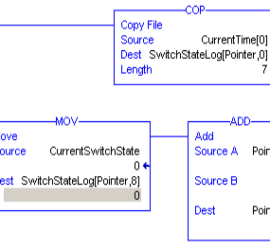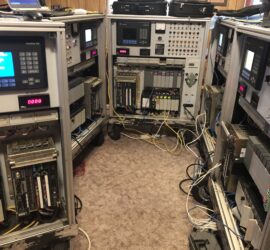ControlLogix FOR Instruction
Introduction to the ControlLogix FOR Instruction The ControlLogix FOR Instruction allows us to execute a routine for a specific number of times. To understand how a FOR loop works, let’s go back and look at some examples of BASIC from 1975. In this example, we will print the value of Read More »






